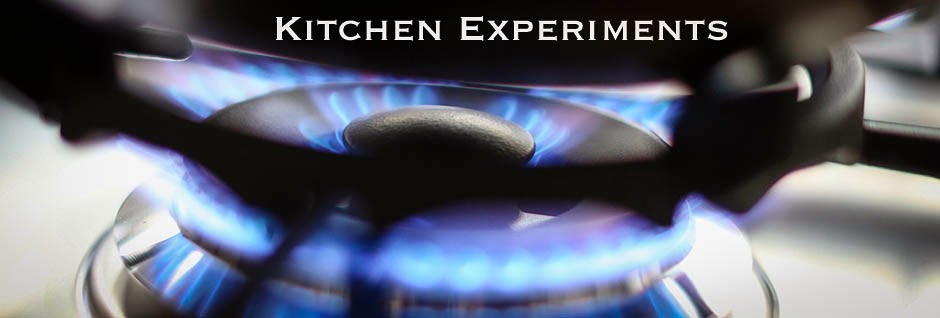This recipe is Greek: Oktapodi Krasato. You need a kilo of baby octopus to serve two people if used as a main course or four to eight people if used as antipasto. This recipe tastes even better the next day. Beware: it takes almost 3 hours to prepare.
Unfortunately, unless you're living near certain coastal areas, it's very difficult to obtain fresh baby octopus. You're more likely to find them cleaned and frozen. The one's I bought were packaged in Vietnam. Defrost the octopus and cut in smaller pieces; slice the head in two and cut the tentacles in sets of four. Boil the octopus in their own liquid for 20 minutes. You'll be surprised how much water will be released. Boil until dry. If that takes too long discard excess water.
Add a a few tablespoons of olive oil and 200 gram of whole pearl onions (of course, remove the outer layers). They are really tiny onions used for pickling; zilveruitjes in Dutch. Coat the octopus and pearl onions with olive oil and fry for a minute or so. Then add:
200 ml of red wine
80 ml of red wine vinegar
one cup of water
one tomato, skinned and grated or made into a pulp
one bay leaf
one teaspoon of dried oregano
half a teaspoon of crushed black pepper
Simmer for 1,5 to 2 hours until the octopus is tender. You should be left with a thick, not watery, sauce covering the octopus and onions. Do not use cheap wine for this recipe.
I buy my wines at Van Bakel & Cavé located in the Kerkstraat, Amsterdam. The owner of this small shop is a professional enologist. All the wines he sells have been properly tested on their chemical make-up, including the level of sulfite and the type of yeast. In his career he has reported about 500 instances of bad and even dangerous wines to the Dutch ministry of health. However, on average it takes at least three months for the authorities to spring into action, if they take any action at all. In the meantime these wines are being sold to the unsuspecting public. This should be considered a scandal.
Last summer he tested a batch of Argentine wine and found a type of yeast which - at temperatures above 15 degrees Celsius - produces dangerous levels of oxygen. He declared the batch unsafe for consumption and the boxes were labelled as such. Regardless of this, the batch was sold to bars and restaurants for less than 2 euros per bottle. This resulted in numerous exploding bottles of wine, causing at least one nearly fatal injury. This story never made the newspaper.
